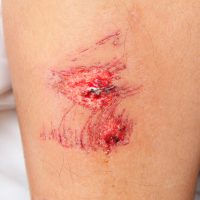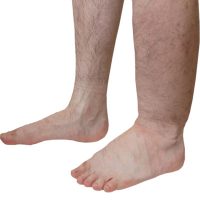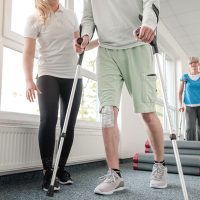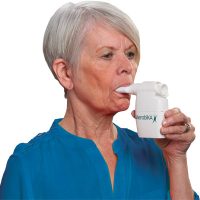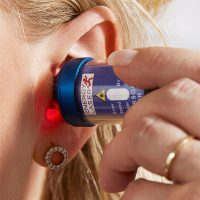Disease Treatment
Find all our products here, categorized based on which diseases and conditions they enable home treatment or relief for.
Today, most tasks for healthcare professionals involve so-called chronic (or long-term) diseases. These conditions can only be treated in hospitals or clinics during the acute phase and for a few days at most.
Because symptom relief can only be achieved through persistent treatment, lasting at least several weeks, it is no surprise that instead of daily visits to the clinic, the goal is for the patient to perform effective treatments in the comfort of their own home.
The necessary devices are now available. There are many groups of devices and methods that provide safe and effective therapy for patients.
Several devices can support home therapy, including:
1. Medical Devices
These devices help maintain and monitor the essential functions required for treatment.
- Inhalers and nebulizers: used for respiratory problems such as asthma or chronic obstructive pulmonary disease (COPD).
- Blood glucose meters: used by patients with diabetes to monitor blood sugar levels at home.
- Oxygen therapy equipment: oxygen concentrators or tanks necessary for respiratory failure or other breathing issues.
- Infusion pumps: enable continuous drug administration, such as pain relief medication, antibiotics, or chemotherapy agents.
- Home versions of pacemakers or defibrillators: used to maintain the condition of heart patients.
2. Rehabilitation Devices
These devices help patients recover, improve strength, and maintain their quality of life.
- Physiotherapy devices: such as ultrasound devices, TENS machines (pain relief via electrotherapy), and movement aids.
- Strengthening devices: small weights, resistance bands, and other movement aids used in rehabilitation.
3. Telemedicine and Digital Monitoring Devices
One of the greatest advantages of home treatment is the rapid development of digital health solutions.
- Remote patient monitoring systems: allow doctors to remotely track patient status, such as blood pressure, heart rate, and oxygen levels.
- Smart devices (e.g., smartwatches): contain sensors monitoring heart rhythm, sleep, movement, and provide alerts when detecting anomalies.
- Virtual consultation systems: teleconsultations where doctors can provide advice online and adjust treatment.
4. Aids for Daily Activities
In some diseases, patients may have limited mobility; these devices assist with daily tasks.
- Wheelchairs, walkers, rollators: important for mobility-impaired patients.
- Devices for bedridden patient care: lifting devices, special mattresses to prevent bedsores.
- Automatic WC and bathroom aids: for maintaining personal hygiene.
5. Medication Dispensing Devices
Timely medication intake is vital in chronic disease management.
- Automatic medication dispensers: dispense medication on time and alert patients when it’s time to take a dose.
- Smart pill boxes: track medication use and notify if a dose is missed.
6. Support and Caregiver Networks
Home care requires not only devices but also human support.
- Family caregivers: training and involving family members in patient care is key.
- Qualified nurses: healthcare professionals specialized in home care, who regularly visit patients.
- Self-help groups: communities where patients and their families can share experiences and receive support.
How are the devices used?
The use of devices depends on the disease and the individual condition.
Fundamentally, it would be the responsibility of the attending physician or caregiving staff to recommend the appropriate devices, explain usage, and establish the proper treatment routine.
Devices must be regularly maintained and ensured to be available at all times. With smart technologies, doctors can also remotely track patient status and intervene quickly if necessary.
Overall, the right devices and a well-structured support network can help stabilize the patient’s condition and significantly contribute to maintaining their quality of life.

